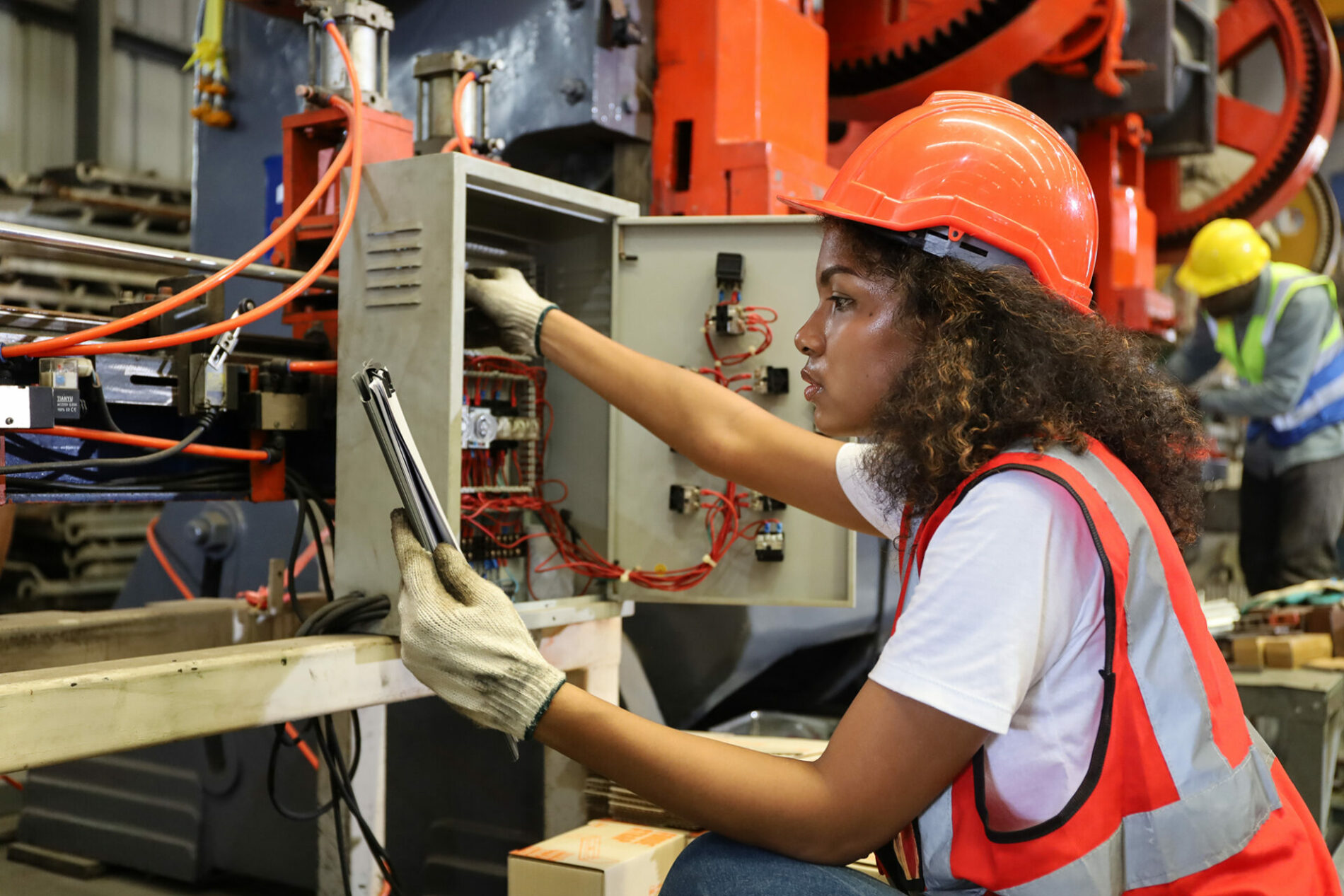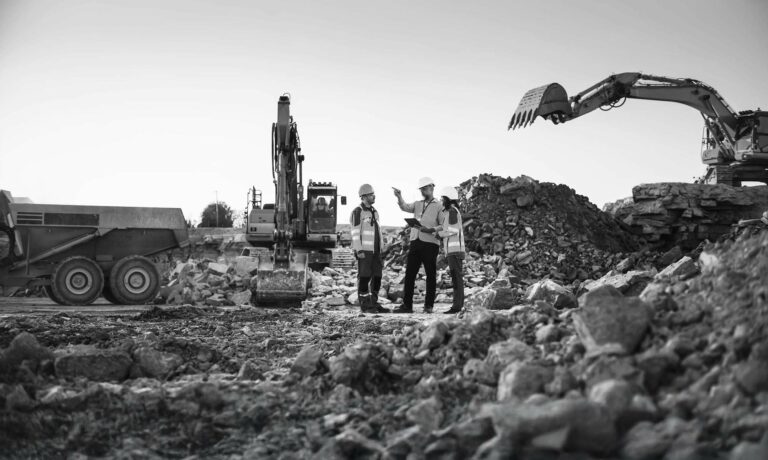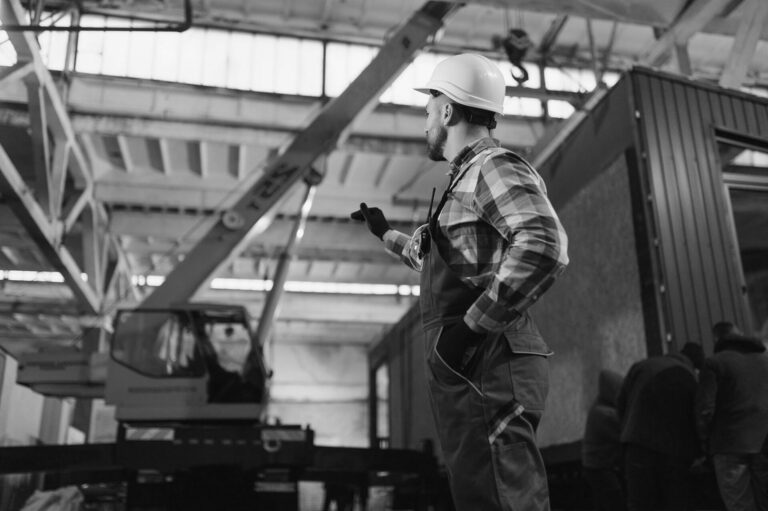For as long as many can remember, the construction industry has been navigating the challenges that come with a contracting workforce. Over the past few decades, fewer people are choosing a career in the trades. These dwindling numbers were exacerbated by the COVID pandemic which forced many into an early retirement. So, as the construction world looks to capitalize on massive injections of federal funding, coupled with an ongoing need to pivot away from fossil fuel reliance, the industry finds itself at a crossroads.

Much of the work being done to move away from dirty fuel centers around power grids. As evidenced by numerous shutdowns and outages, the infrastructure network is no longer equipped to handle the ongoing power needs of those in the United States. This means that, despite pushback from some quarters, the drive to re-invent the electric grid using sustainable power is well underway. However, huge challenges remain in the form of a chronic labor shortage. McKinsey reported that by 2030, the U.S. will have a shortfall of 300,000 engineers and 90,000 skilled technicians. DeLoitte, meanwhile, has found that the U.S. semiconductor sector faces a shortage of around 90,000 workers.
To add an even greater layer of complexity, Associated Builders and Contractors, one of the largest trade associations in North America, believes that the shortage of skilled workers is one of the single greatest barriers to success in the industry. “ABC’s 2022 workforce shortage analysis sends a message loud and clear. The construction industry desperately needs qualified, skilled craft professionals to build America,” said Michael Bellaman ABC president and CEO. “The Infrastructure Investment and Jobs Act passed in November and stimulus from COVID-19 relief will pump billions in new spending into our nation’s most critical infrastructure, and qualified craft professionals are essential to efficiently modernize roads, bridges, energy production and other projects across the country. More regulations and less worker freedom make it harder to fill these jobs.”
If the electricity sector is to meet its climate goals, new people are required urgently. According to Rewiring America, an electrification nonprofit, over one million more electricians are required urgently in the United States. Coupled with that, the sector has an overwhelmingly skewed gender imbalance. So, can something be done to bring together these challenges, turning them into a net positive for the industry?
Nontraditional Employment for Women (NEW) is a New York based organization that was established in 1978. The aim of NEW is to train and place as many women in skilled construction as possible. “NEW’s goal is to increase the number of women employed in trade careers, specifically those that offer strong wages, benefits, training, and potential for advancement. These career paths have been historically less accessible to women but offer the opportunity to fundamentally transform one’s income and wealth.”
“NEW’s goal is to increase the number of women employed in trade careers, specifically those that offer strong wages, benefits, training, and potential for advancement. These career paths have been historically less accessible to women but offer the opportunity to fundamentally transform one’s income and wealth.”
But why has a career in construction been out of reach for so many American women? According to Kate Krug, NEW’s Executive Director, the barriers to this line of work for women are not necessarily obvious at first glance. Furthermore, many of the challenges to accessing a construction career speak to a wider societal problem. For Krug, it is an acute problem that needs to be remedied. “Most childcare is set up to be very nine-to-five supportive,” said Kate Krug, the organization’s executive director. “If you have to be out the door by 5 a.m., you have to pay someone to sit with your kids until it’s time to go to school.”

So, how does NEW support women in this regard? Its mission is to prepare, train, and place women in careers in the skilled construction, utility, and maintenance trades. NEW offers both day and night-time courses over a number of weeks. Its curriculum covers a diverse range of subjects such as carpentry, blueprint reading, electrical and painting. In addition to that, the comprehensive, innovative training modules cover job readiness, trades Math and a Health and Safety component which is run through the New York Committee for Occupational Safety and Health.
One additional aspect to NEW sets it apart from other recruitment organizations. Due to the invisible barriers which prevent women from entering these types of careers, NEW supports its students and graduates in areas that can include transportation bursaries, boots and other work attire, assistance finding childcare and supportive counselling.
Recently, these initiatives were given a tremendous boost when NEW announced that it was to receive a state grant to expand its childcare access program. Since taking her post as President early this year, Leah Rambo has prioritized childcare services for apprentices, boosting the service massive in the past few months. “We do this so that women can have economic independence for their families. Workers in the building trades have a lot of barriers when it comes to getting childcare for themselves and their family,” Rambo said. “And part of this has to do with the times that we start working very early. You have to travel all across the city and even outside of the city to get to jobs and over time.”
Unsurprisingly, New York City has an incredibly high cost of childcare, meaning that low-income apprentices or one-parent families face enormous struggles to rejoin the workforce. The state legislature and Department of Labor funded program will bring around $375,000 into the scheme. According to State Sen. Jessica Ramos, it is about facilitating women into the construction industry. ““We wanted to make sure that NEW had all of the tools necessary in order to invite more women into the program because we are hoping to have lots of shovels in the ground very, very quickly.” This sentiment was echoed by president of the Building and Construction Trades Council of Greater New York, Gary LaBarbera, “Without that childcare, these situations create barriers and hurdles for women and families, and frankly men as well who may be single parents, to come into the industry. What our goal is to remove as many barriers as possible on all fronts.”
While it remains to be seen just how effective these measures will be. Removing childcare costs is a significant step in the right direction. For NEW, it is one more barrier removed on the long road to equality. “Through 40 years of commitment, NEW has increased women’s representation in trade careers from two to seven percent, with many apprenticeships approaching or exceeding 15 percent women.”


















